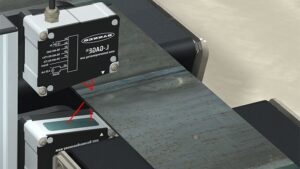
How to Select the Right Sheet Metal Thickness for Your Project?
Selecting the correct sheet metal thickness can make or break a project. It defines how strong, light, and cost-efficient your product will be once it
We regularly update articles related to the manufacturing industry.

Selecting the correct sheet metal thickness can make or break a project. It defines how strong, light, and cost-efficient your product will be once it
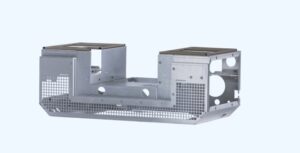
Medical equipment enclosures are not simple protective shells — they are interfaces that directly affect safety, sterility, longevity, ease of cleaning, and regulatory compliance. A
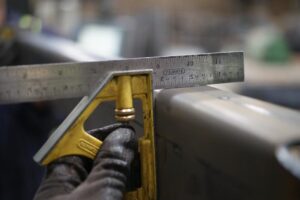
Quality control is not a final inspection step — it is the mechanism that decides whether sheet metal parts perform correctly in the field. A
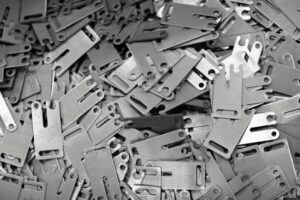
Lead time affects every stage of a sheet metal job. It shapes planning, testing schedules, and how quickly a product reaches the market. When teams
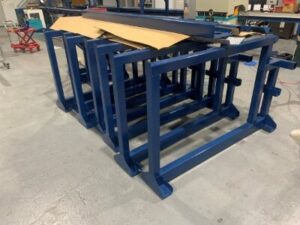
A stable machine frame protects accuracy from day one. When the base does not shift under load, the entire machine operates with smoother motion and

In many factories, robots spend more time correcting misaligned parts than assembling them. Automation only performs as well as the parts it handles. A well-designed
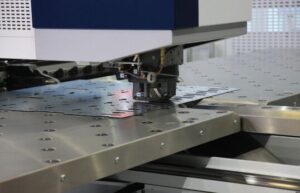
In the medical field, precision is more than a production goal — it’s a safety requirement. Even a 0.05 mm deviation in a bracket or

As renewable energy grows, energy-storage systems are becoming the structural and safety backbone of modern grids. Each battery cabinet or inverter housing depends on precisely
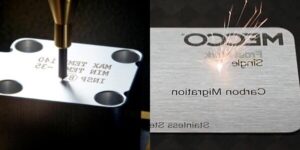
Every product needs a unique identity — a serial number, barcode, or logo that connects it to design data and service records. In industries like
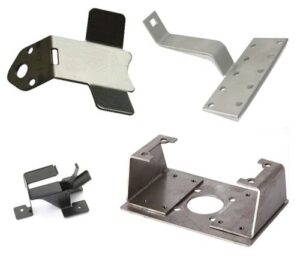
Modern sheet-metal fabrication relies on two core methods: laser cutting and metal stamping. Both create precise metal parts, yet they serve very different goals in
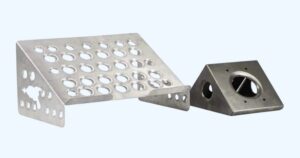
A single hole might seem minor, yet in sheet-metal fabrication it can decide the entire production pace. One misplaced or undersized hole can distort a
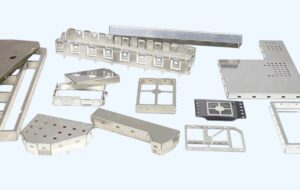
Every circuit emits and receives electromagnetic energy. When uncontrolled, these signals leak through enclosures and couple into nearby components. That’s electromagnetic interference (EMI)—and at higher frequencies, it becomes radio frequency interference (RFI).
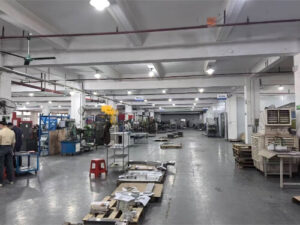
Every engineer and purchasing manager knows the story — the drawings are perfect, the quote looks fine, but the parts arrive late or off-spec. In
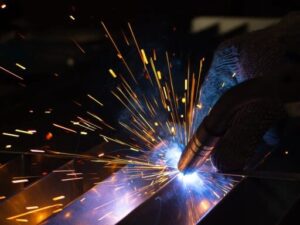
Clear communication is one of the most potent tools in sheet metal fabrication. Even one misunderstood word can shift a bend by a millimeter, misalign
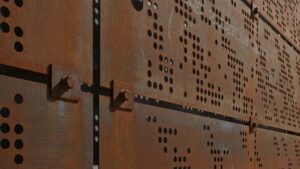
Every year, corrosion costs manufacturers billions in lost productivity, replacements, and warranty claims. For sheet metal products, the problem starts small — a rust spot,
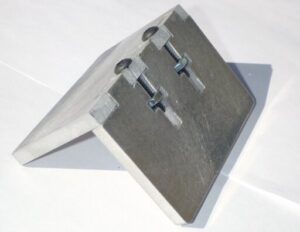
Slots and tabs are now one of the most reliable methods for making sheet metal parts fit together. These small interlocking features guide each piece
We will contact you within 1 working day, please pay attention to the email with the suffix”@goodsheetmetal.com”